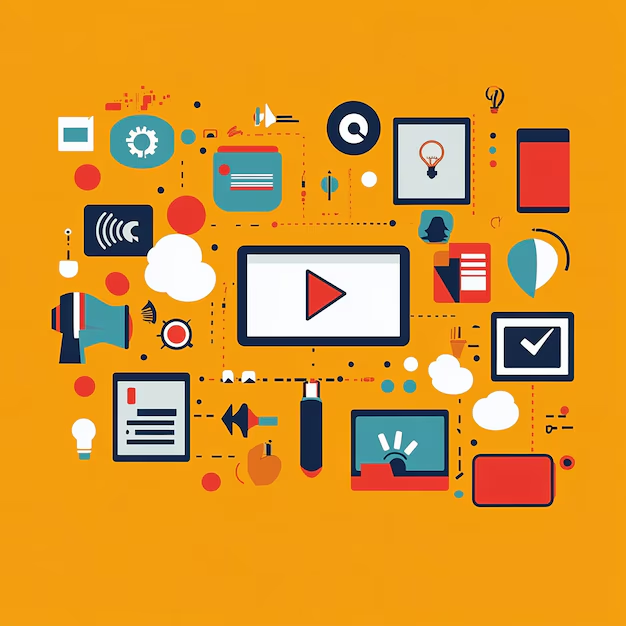Personal Multimedia Experience
 Joy Alhassan
Joy Alhassan
Multimedia for learning involves enhancing learning experiences through text, audio, video, images, gaming, and animation media formats (Yana, 2020). It involves combining these different formats to create an engaging and interactive environment for the learners. It leverages multiple sensory channels, auditory, visual, and kinesthetics, to help learners understand and retain information more effectively. Advancements in technology have significantly impacted various sectors, including education. The use of multimedia in learning is a clear example of how technology is redefining the educational ecosystem. Educators and instructional designers play a vital role in harnessing the power of multimedia for learning. While it has its downsides, well-designed multimedia content such as informative videos, animation, or interactive simulations can help learners better comprehend complex subjects.
One such example for me was when I could supplement a textbook focused on storytelling with data with a video version of the textbook. Although the textbook was quite detailed and provided the theoretical foundation, I struggled to understand some of the concepts of data visualization, frustrating my efforts to retain information. I thought I would do further research on YouTube and came across mini video versions of the textbook. I observed that the video version greatly enhanced my understanding, further helping me to retain more information. The combination of visual aids (charts, images, slides, and diagrams) and the presenter’s informative and engaging delivery gave life to the concepts in a way that the static text in the textbook could not. Connecting the audio presentation to the images and charts allowed me to visualize, grasp, and better comprehend the concepts I previously had difficulty understanding when reading the textbook.
While the above was one of my favorite and enjoyable multimedia encounters, not all my experiences have been this great. I have had instances where, rather than enhancing my understanding, the use of multimedia hindered it. In my quest to learn a new programming language, I found an online tutorial. The video had many text-laden slides that quickly flipped through as the presenter read through them without pausing to summarize or giving time to practice the lesson taught. I found myself unable to keep up with the pace at which the slide was being moved. I struggled to remain focused since my brain was working overtime trying to comprehend the information, and in the long run, I could barely retain any information. This was a poorly designed multimedia case, with little thought given to the learners.
From both positive and negative experiences, I can conclude what I believe constitutes a positive and negative experience with multimedia in learning. Agreed, a key benefit of multimedia in learning is that it leverages multiple sensory channels of auditory, visual, and kinesthetics to help learners learn more effectively. That said, this will be more likely to be achieved if the content is appropriately designed, as poorly designed content tends to be more challenging to comprehend and retain (Sweller et al., 2019). From my experience, some challenges associated with poorly designed content are that it can overwhelm the learner’s cognitive capacity, it is also more challenging to connect ideas, and it lacks sufficient interactivity. On the other hand, a well thought out multimedia content balances the various sensory channels without overwhelming the learners. Furthermore, it should be engaging and, where possible, promote interactivity.
Multimedia can be an excellent resource for advancing learning, however, it should be used effectively in accordance with best practices. These best practices include aligning multimedia content with learning objectives, imbibing cognitive load theory by limiting cognitive load and incorporating dual coding by presenting information visually and verbally to promote better retention. Also, accessibility should be prioritized, making it available to diverse audiences with different learning styles, making it interactive, and give room to test and iterate. Adhering to these best practices will ensure multimedia content is designed to promote learning and minimize cognitive overload.
References
Sweller, J., van Merriënboer, J. J. G., & Paas, F. (2019). Cognitive Architecture and Instructional Design: 20 Years Later. Educational Psychology Review, 31(2), 261–292. https://doi.org/10.1007/s10648-019-09465-5
Yana, W. K. (2020). Multimedia Learning Theory – Theoretical Models for Teaching and Research. Opentext.wsu.edu. https://opentext.wsu.edu/theoreticalmodelsforteachingandresearch/chapter/multimedia-learning-theory/
Subscribe to my newsletter
Read articles from Joy Alhassan directly inside your inbox. Subscribe to the newsletter, and don't miss out.
Written by
